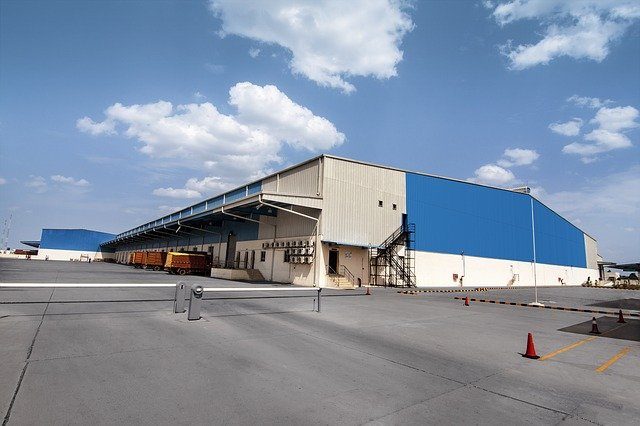Home » Demand for warehouse space gains steam
Demand for warehouse space gains steam
Report says U.S. will need an additional 330 million square feet of distribution space by 2025 to meet robust e-commerce demand.

Recent reports show e-commerce growth continues to drive demand for industrial real estate, both here at home and globally. Real estate services firm CBRE is forecasting the need for an additional 330 million square feet of distribution space in the United States and an additional 1.5 billion square feet globally by 2025, for instance—all to meet strong e-commerce growth.
“E-commerce has grown steadily over the years, and it will continue at a strong pace for the foreseeable future,” John Morris, executive managing director and leader of CBRE’s Americas Industrial & Logistics and Retail businesses, said in a statement announcing the forecast. “As a result, distribution and supply chain networks will continue to be under pressure to meet demand at a time when industrial vacancy is at record low levels. A significant amount of new construction will be needed in the next few years just to keep pace with robust demand.”
The anticipated 330 million square feet of distribution space represents 27% of the projected overall demand for industrial real estate growth in the U.S., according to CBRE’s report detailing the forecast, released this week. The broader category of industrial real estate includes warehouses for traditional retail distribution, manufacturing, research and development space, and data centers.
CBRE’s forecast is based on its estimate that every additional $1 billion of e-commerce sales requires 1 million square feet of new distribution space. The company estimates that U.S. e-commerce sales will rise by $330 billion between 2020 and 2025; globally, e-commerce sales are forecasted to grow by $1.5 trillion in the same period, the researchers said.
Meeting the demand for space will be a challenge moving forward, as much of the construction already in the pipeline has been leased to meet existing demand, according to the report. On top of that, traditional retailers, third-party logistics services providers (3PLs), and others will also drive demand over the next five years, which could lead to higher costs for space in an already expensive market.
“If developers can’t build facilities fast enough, we could see rental rates push well beyond their current record highs,” according to James Breeze, senior director and global head of industrial and logistics research for CBRE.
A separate report from logistics real estate firm Prologis, released earlier this month, highlights the underlying reasons supply can’t keep up with demand in the current market, including rising construction costs, insufficient land availability, and labor constraints. According to Prologis:
Supply Chain Strategy Logistics Network Design- Steel prices in the U.S. tripled in the last year and general contractor prices have increased as well. The time between breaking ground and completion has expanded by two-three months, or 20%, over the past decade, adding to costs.
- E-commerce requires three times the logistics space compared with brick-and-mortar, due to deeper inventory levels, space-intensive shipping operations, and returns processing. As a result, warehouses are getting bigger, but finding suitable land is getting more challenging. In the U.S., industrial-zoned land is shrinking in cities due to conversions to office and residential real estate, the researchers said.
- E-commerce uses roughly three times the labor of traditional warehouse operations as well, with turnover rates around four times that of other uses. Since developers are having trouble finding land in cities, they have expanded to suburban, secondary markets where the labor pool is not as deep. The clustering of distribution centers can exhaust the limited availability of talent and cut off new development, they said.
Related Articles
Victoria Kickham, an editor at large for Supply Chain Quarterly, started her career as a newspaper reporter in the Boston area before moving into B2B journalism. She has covered manufacturing, distribution and supply chain issues for a variety of publications in the industrial and electronics sectors, and now writes about everything from forklift batteries to omnichannel business trends for Supply Chain Quarterly's sister publication, DC Velocity.
Copyright ©2024. All Rights ReservedDesign, CMS, Hosting & Web Development :: ePublishing